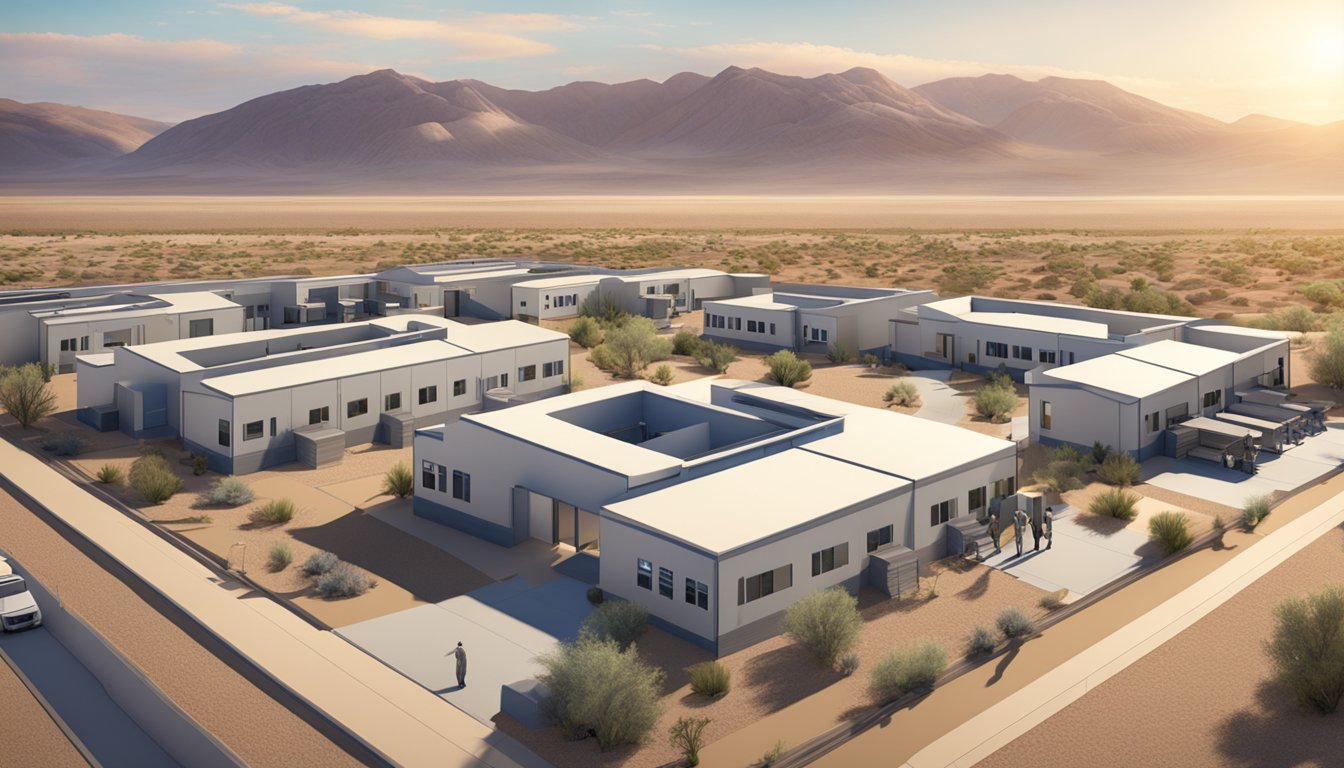Introduction of 3D-Printed Barracks
In a groundbreaking development for military housing, Fort Bliss, Texas, has celebrated the rise of its first-ever 3D-printed barracks.
The official opening took place on January 29, 2025, during a ceremony that brought together significant military figures, including Lt. Gen. David Wilson, the deputy Army chief of staff for installations, and Sgt. Maj.
Michael Perry, alongside leaders from the 1st Armored Division and Fort Bliss Garrison.
These newly finished barracks are remarkable not only for their innovative construction but also for being the first to comply with the current Defense Department’s Unified Facilities Criteria.
This guideline is regularly updated to reflect the latest advancements in building practices, specifically regarding 3D printing.
Design and Construction Details
Tailored for soldiers participating in annual training rotations, these barracks were constructed using a cutting-edge five-ton printer and a distinctive concrete mix.
Each building covers roughly 5,700 square feet and has the capacity to accommodate 56 service members.
Two of the barracks are located in the Pershing Heights area, with the third stationed at Camp McGregor in New Mexico, which is part of the Fort Bliss training complex.
Yearly, Fort Bliss serves as a crucial training hub, welcoming around 70,000 service members, including those from the Army Reserve and National Guard, for their annual rotations.
The very first unit to utilize the new barracks will be the 382nd Military Police Detachment from Massachusetts, which is set to arrive soon for its Mobilization Force Generation Installation mission.
Construction on these facilities commenced in 2024, marking a significant milestone as they represent the largest 3D-printed troop housing units in the Western Hemisphere.
Advanced computer-aided design software played a vital role in the creation process, enabling the barracks to be broken down into layers for seamless 3D printing.
The Vulcan printer, designed by ICON, measures 16 by 47 feet and employs a revolutionary concrete mix known as “lavacrete.” This specialized material is engineered to withstand varying environmental conditions, such as humidity and temperature, offering a durability that traditional materials may not.
Impact and Future Potential
At the ribbon-cutting ceremony, Lt. Gen. Wilson highlighted the advantages of 3D printing in construction.
He pointed out that this technology allows for the rapid and cost-efficient creation of high-quality buildings, often yielding significant reductions in labor costs.
Customizable designs, simpler construction processes, and minimal waste further solidify the appeal of modern techniques.
While the exact costs of these innovative barracks remain under wraps, inquiries have been directed to ICON, though details have yet to be shared.
This initiative exemplifies the Pentagon’s commitment to modernizing military housing through contemporary construction methods.
Initially focused on producing spare parts for weapon systems quickly and affordably, the military is now investigating 3D printing as a practical solution for fast-tracking living arrangements in operational contexts.
Overall, Lt. Gen. Wilson expressed that Fort Bliss’s evolution embodies a forward-thinking approach that embraces technological advancement and strategic innovation.
The introduction of these 3D-printed barracks stands as a powerful symbol of progress toward enhancing the living conditions and capabilities of service members.
Source: Taskandpurpose.com

